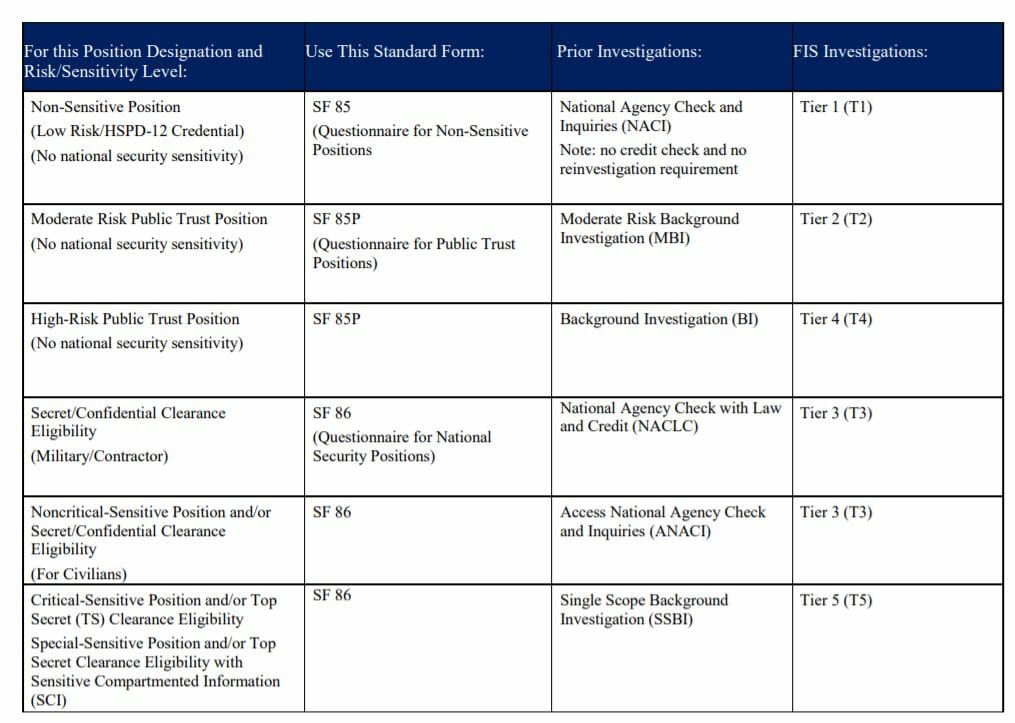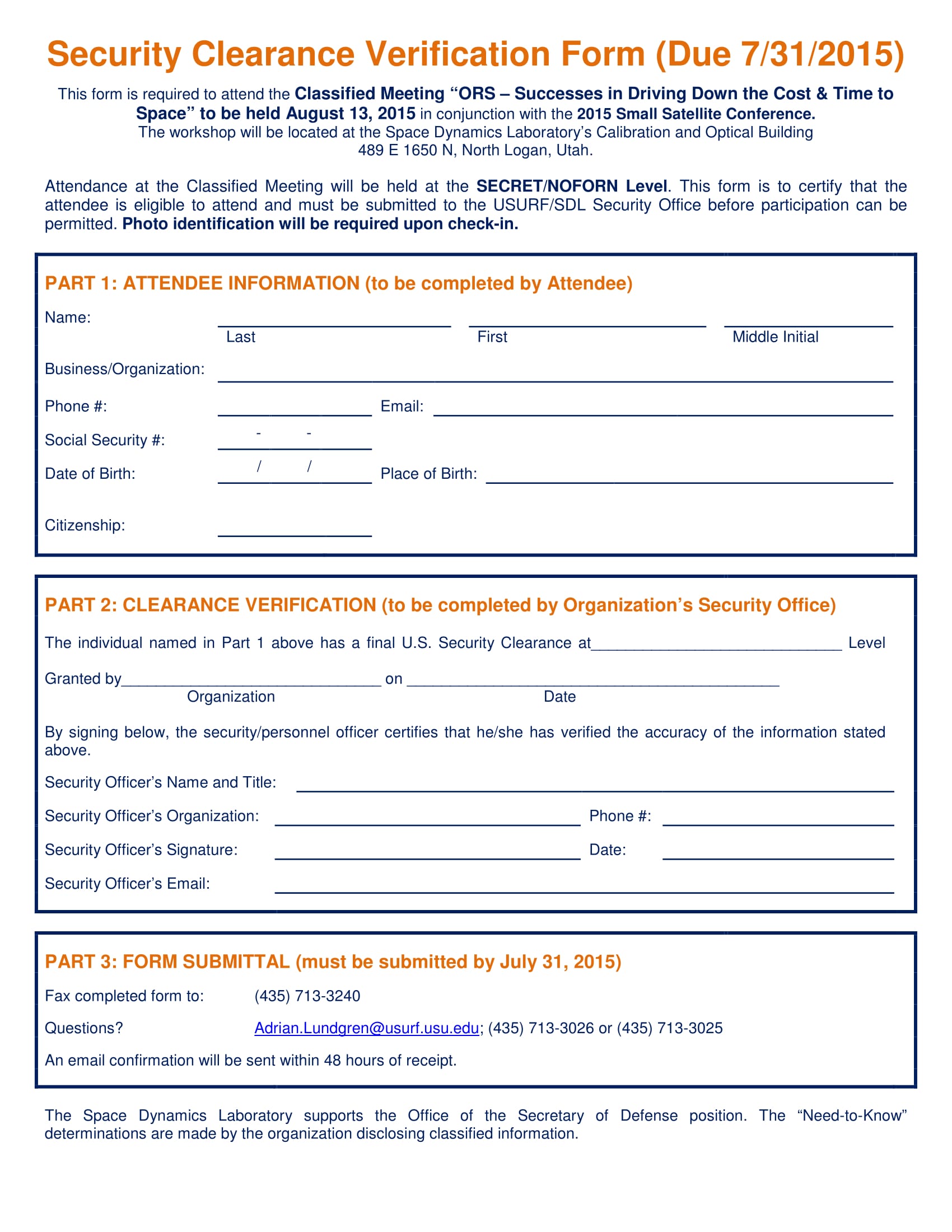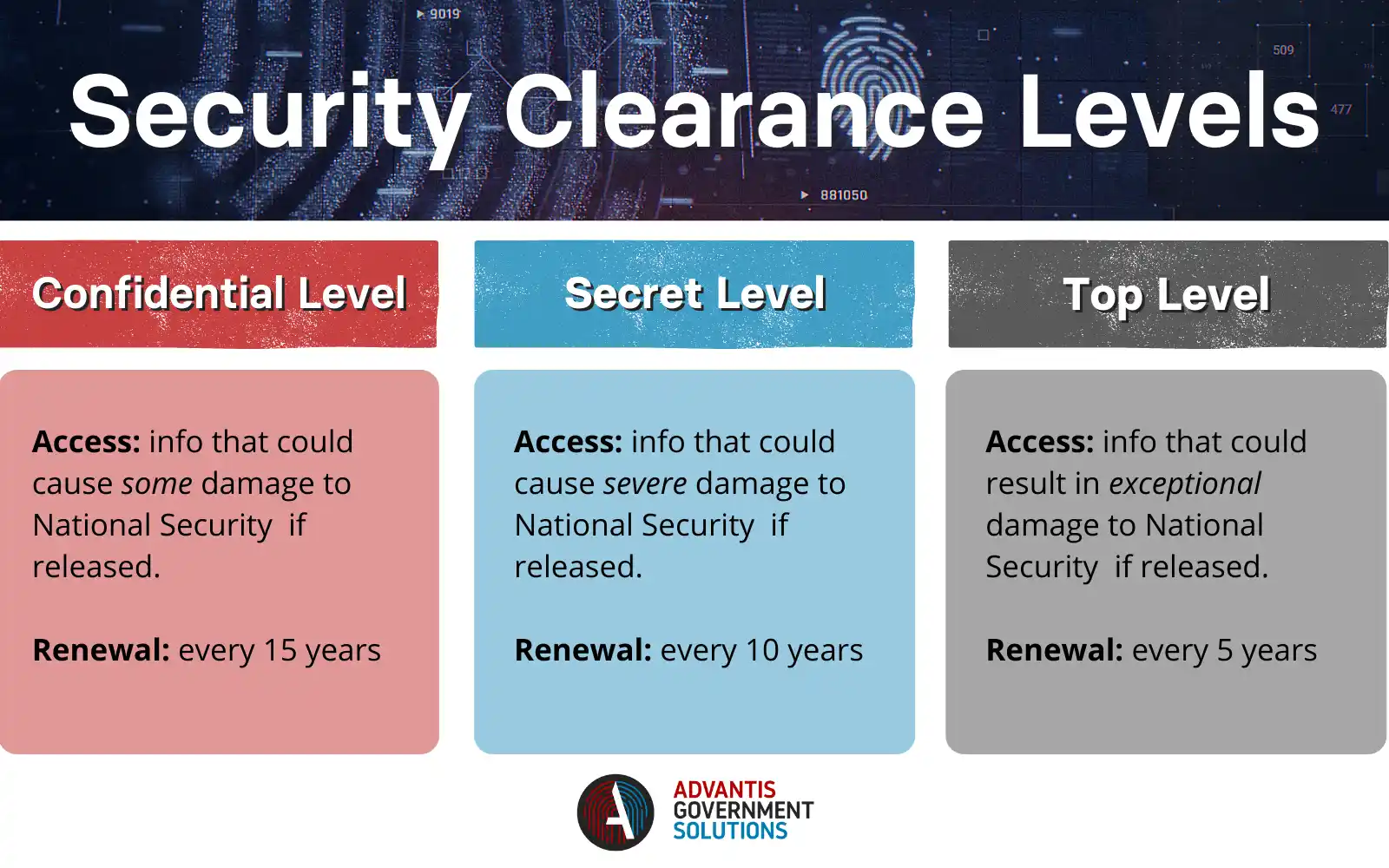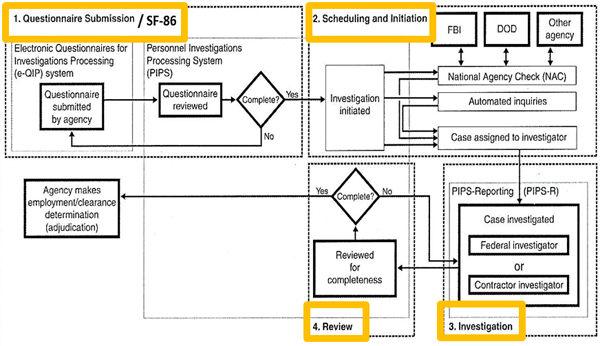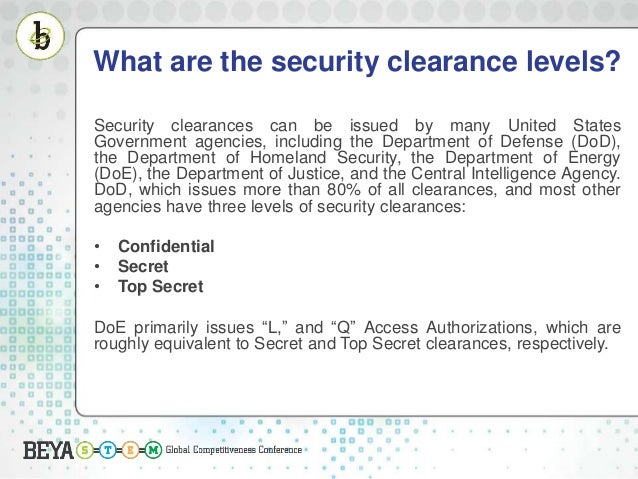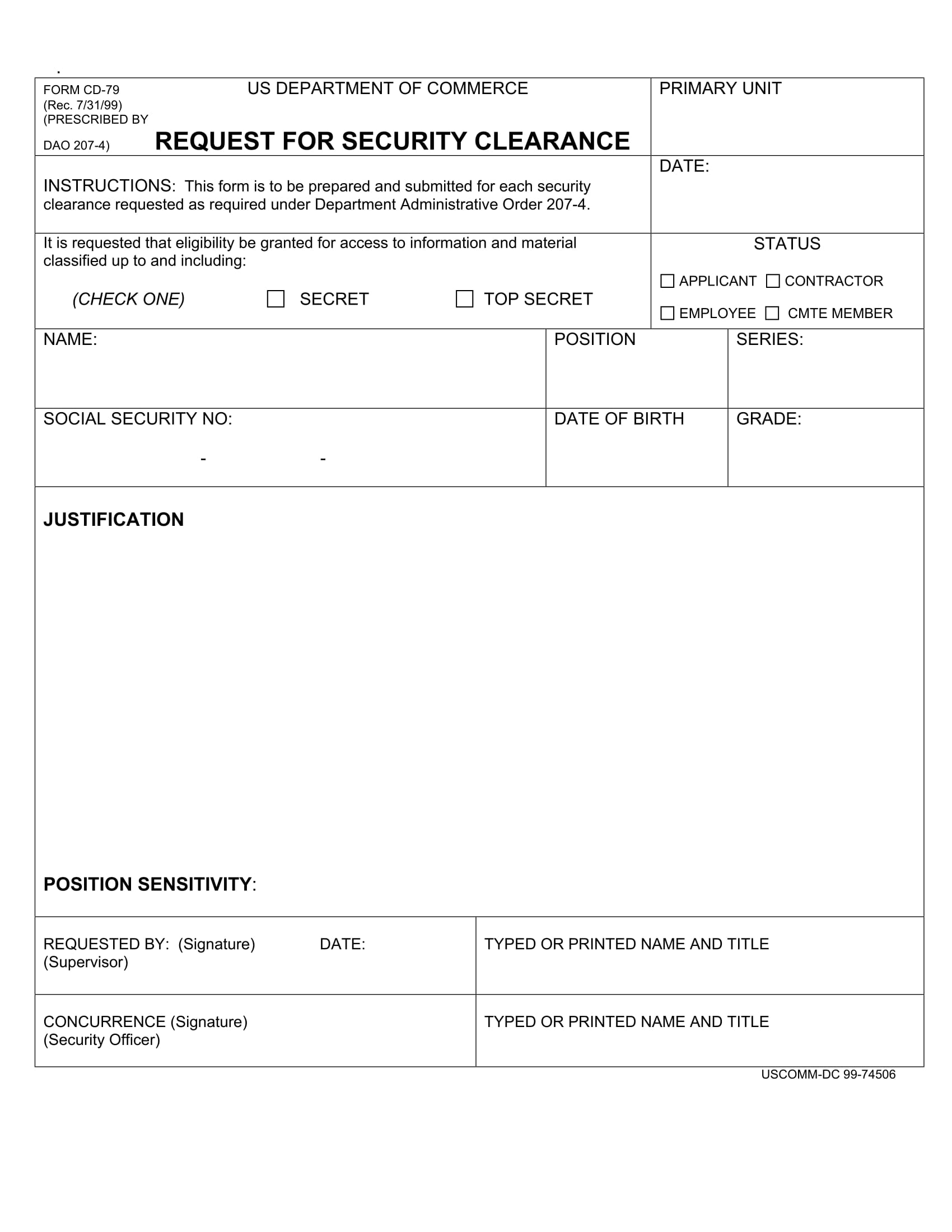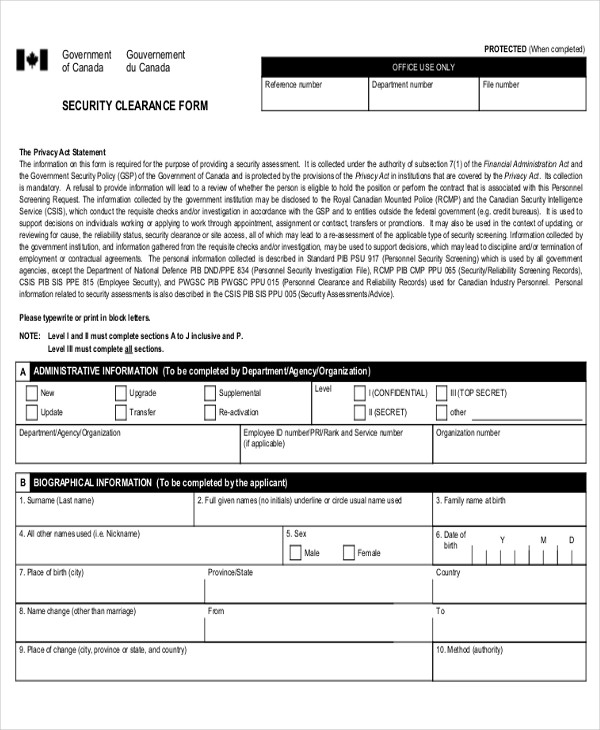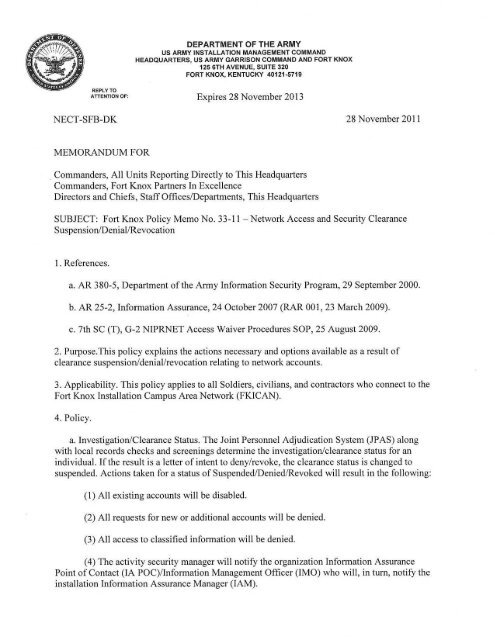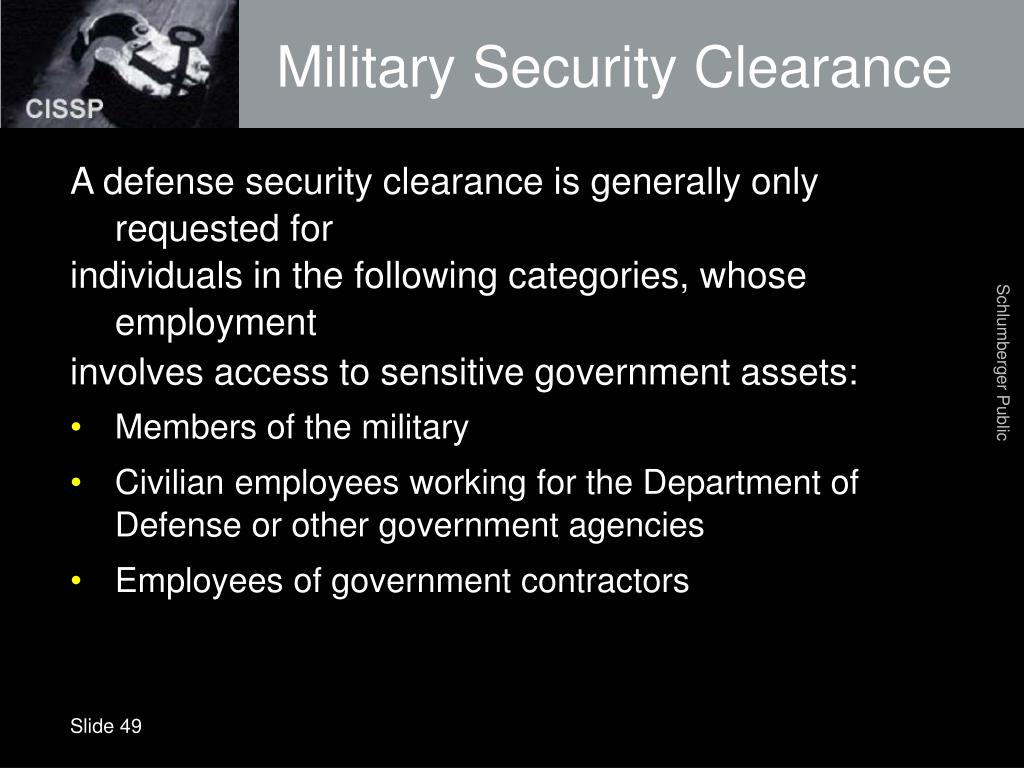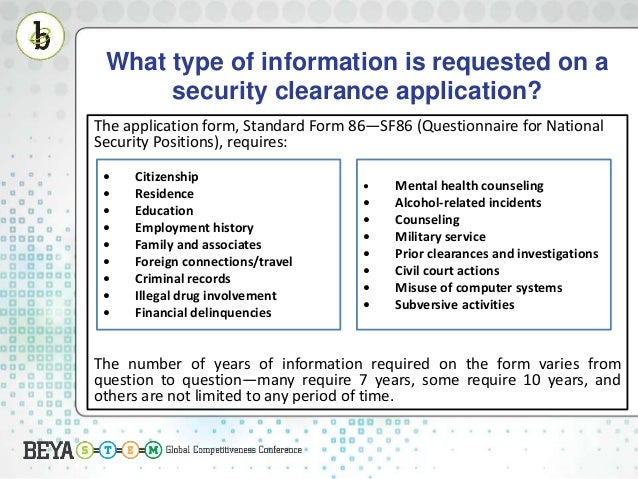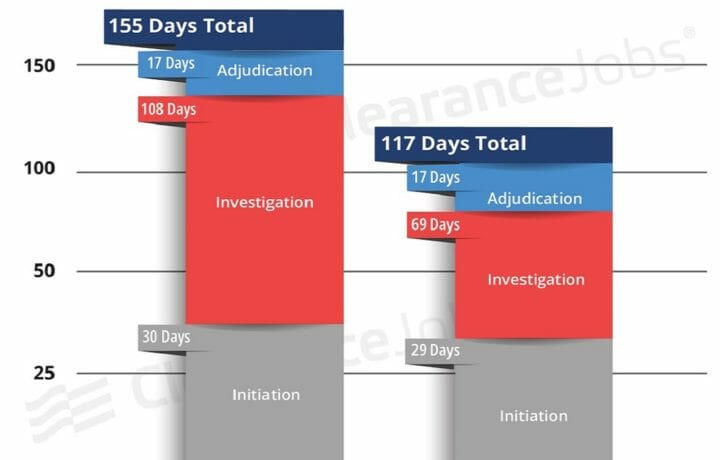How To Check Security Clearance Status Army
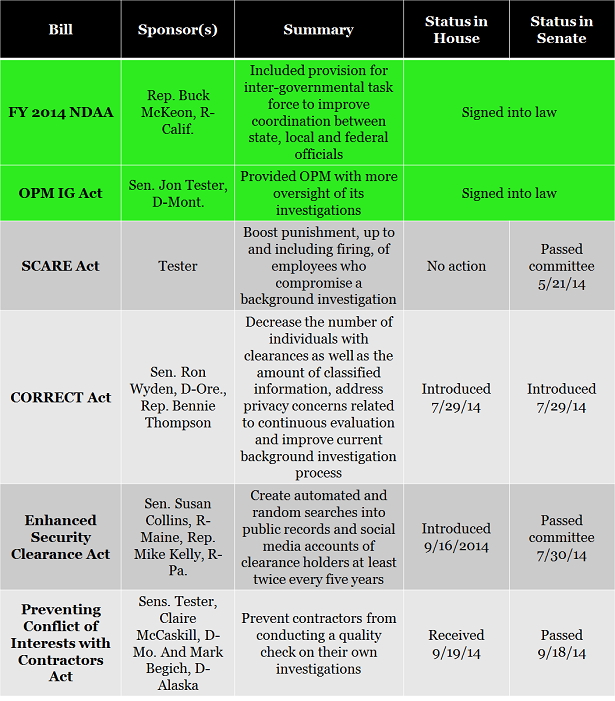
For military personnel and civilian employees requiring access to classified information, knowing your security clearance status is crucial. Delays or uncertainty can impact mission readiness and career progression. Here's a streamlined guide to checking your clearance status within the Army.
This article provides immediately actionable steps for verifying your security clearance level, investigation type, and expiration date. Knowing how to access this information is a vital part of responsible security practices and career management in the Army.
Understanding Security Clearance Verification
Your security clearance is not just a piece of paper; it's a formal determination that you are trustworthy and reliable enough to handle sensitive information. Maintaining awareness of your clearance status ensures you remain eligible for positions requiring access to classified material.
There are several avenues available to check your clearance, each with its own advantages and specific requirements. Understanding each option will allow you to choose the most efficient method for your situation.
Directly Contacting Your Security Manager
Your unit or organization's Security Manager is your primary point of contact for all security-related matters. They have direct access to the Defense Information System for Security (DISS) and can provide you with the most up-to-date information.
To contact your Security Manager, check your unit's directory or ask your supervisor for their contact information. Be prepared to provide your full name, date of birth, and social security number (or other identifying information) to facilitate the verification process.
Utilizing the Defense Information System for Security (DISS)
DISS is the official system of record for security clearances within the Department of Defense. While direct access to DISS is typically limited to security professionals, some individuals may have self-service access.
If you believe you have DISS self-service access, you can log in using your Common Access Card (CAC) or other approved authentication method. Once logged in, navigate to the "Personnel Summary" or similar section to view your clearance details.
Accessing Your Personnel Records
Your security clearance information is also documented in your official military personnel records. You can access these records through various channels, depending on your status (active duty, reserve, or veteran).
Active duty and reserve personnel can typically access their records via the Army Human Resources Command (HRC) website or by contacting their unit's administrative office. Veterans can request their records from the National Archives and Records Administration (NARA).
Checking with JPAS (Legacy System Considerations)
The Joint Personnel Adjudication System (JPAS) was the predecessor to DISS. While JPAS is no longer the primary system, some older records may still be accessible through it.
If you are having difficulty locating your clearance information in DISS, it may be worthwhile to check JPAS. Contact your Security Manager for assistance with accessing JPAS records.
Important Considerations
Clearance processing times can vary depending on the level of clearance and the complexity of the background investigation. Be patient and persistent, and follow up with your Security Manager if you haven't received an update within a reasonable timeframe.
Keep all your personal information updated, as this is especially important when going up for a new security clearance. Always check if you have the correct address and contact information within your file.
If you have any questions or concerns about your security clearance status, contact your Security Manager or the Army's security personnel. Ignoring discrepancies or delays can have significant consequences.
Next Steps and Ongoing Developments
Regularly check your security clearance status, especially before applying for new positions or deployments. Staying informed about your clearance ensures you remain eligible for assignments requiring access to classified information.
The Army is continually working to improve the efficiency and transparency of the security clearance process. Stay informed about updates and changes to DISS and other relevant systems. Proactive engagement is key to maintaining your security clearance and supporting the Army's mission.
For any problems, consult with your unit or organization's security manager and seek the help of legal counsel. Ensure that you are up to date on all of your paperwork.
